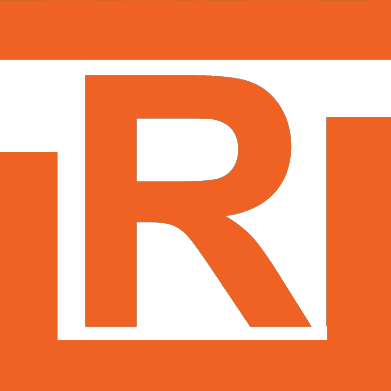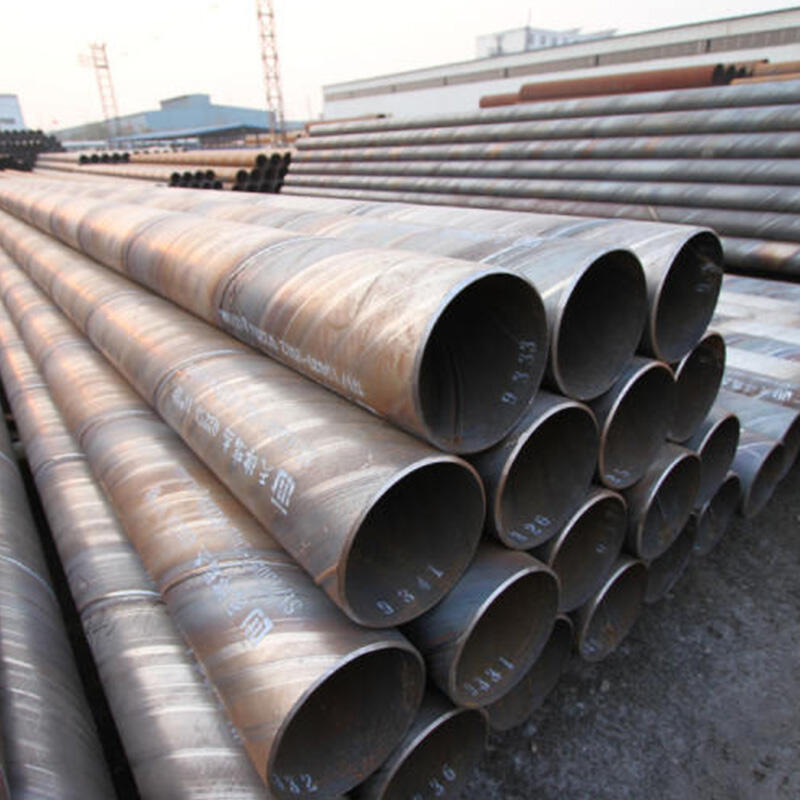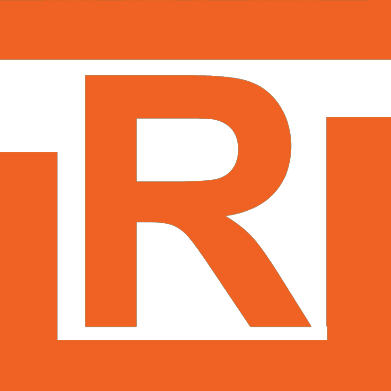Straight seam steel pipe and spiral steel are two main types of industrial piping system in use. The design of these pipes is such that they can be used for a variety of purposes, each offering different benefits and features. In this blog post, let us further peer into the intricate differences between steel pipes and Duca pipe - Analyzing their structure characteristics, knowledge of use-cases in industries as well certain criteria for decisions making when buying a stainless-steel tubular product mentioning also how they are produced.
The Structural Differences of Spiral Steel Pipes and Straight Seam Steel pipes
In their very structure is at the core of their distinction. More complex techniques are USSC Electrical Resistance Welding (ERW) and Helical Submerged Arc Welded sees Straight seam steel pipes -It is made directly known as a straight line of the rectangular pipe, material has Q235A, GB/T14291 using level. A straightforward manufacturing process, which typically cuts the steel plates into strips and shapes them into circular forms before welding together the edges to create a continuous pipe. This results in a uniform looking pipe that has an even ID and OD, making it ideal for applications which need accuracy without facing pressure loss.
Spiral steel pipes, on the other hand are made via a much more exciting process. A continuous coil of steel is passed along each length, and a narrow strip formed into a spiral shell by means of pipe weld designed in the equipment. This type of manufacturing process results in bigger diameters and wider walls than straight seam pipes thus making them suitable for heavy-duty applications. Due to the spiral build, it helps boosting flexibility and provides high resistance against torsional forces, which is really an important feature in tough environments.
what is the material difference between Straight Seam and Spiral Steel Pipe?
Several parameters such as the thickness of material, weld quality and ability to withstand external pressures have a significant impact on durability - an important factor in any type of piping system. Straight seam pipes can provide the best weld structure, especially for remote control industries along with other processes working extremely convenient. It is these properties that make them extremely dependable for use in high-pressure fluid or gas systems.
Spiral steel pipes are naturally strong thanks to their spiral formation, but this design may necessitate heightened welding-related quality control in order for the finished product to be as sturdy. Nevertheless, their native ability to withstand high bending loads and soil stress has made them popular for use as underground installations such as oil and gas pipelines when they require opposing external forces like those derived from pressure of the earth on pipe or ground movements-actions.
Straight Seam and Spiral Steel Pipes Are Selected by Key Industries
Whether a straight seam steel pipe or Spiral Welded Steel Pipes, industry decision is frequently behind the type and size of both items reflecting not just individual operational demands but also specific cost effectiveness concerns. spiral steel pipes, for example, are the suitable design of long-distance piping based on their qualified traffic capacity and external pressure strength that make them appropriate for use in petrochemical industries.
Construction and mechanical industries, however, usually rely on straight seam pipes for their accuracy and ability to be easily installed in HVAC systems have fire suppression system all structural grades. Used in indoor piping networks that have space constraints, the smaller diameters and higher precision manufacturing make them fitting for such environments.
Choosing The Best for Your Project
When it comes time to select the type of steel pipe for any application, a comprehensive wiring formula that considers project requirements (such as pressure rating or flow capacity), site conditions and cost needs should be considered. Straight seam pipes are more beneficial for projects that require tight tolerances and high-pressure capabilities, while spiral-welded steel pipe types are best used if you need extraordinary lengths or either huge diameter to be installed.
Engaging experienced engineers and suppliers to learn how each type of pipe will perform within its intended operating conditions is a vital piece in this decision making. An understanding of life-cycle costs, what maintenance will be needed and the potential impact on our environment all help us further refine the selection process.
Production process arising from Straight Seam vs. Spiral Steel Pipe
These pipes have different characteristics and apply due to a large number of production methodologies. Straight seam pipes are laser cut, rolled, welded and have to pass numerous tests before they're ready for use on specific applications where consistency plays an important role.
On the other hand, spiral steel pipes include a more intricate production procedure that includes spiral winding (welding) followed by final welding and coating phases. This technique allows for the production of wider diameter pipes while still maintaining strength and they can be used in projects requiring a high degree of flow, or non-standard geometry.
In conclusion, even in the entire industry have a very important role for both straight seam and spiral steel pipe two products, but should see you use one or another characteristic to determine which kind of different application scenarios. Knowing their differences in structure and durability, applications specific to an industry (and what types of work are ideal for), how to pick the right one, slight nuances required during production is critical when making a beeline towards your goal: high-quality particle separations while protecting your system from caving into premature wear. From the accuracy of straight seam pipes to the adaptivity spiral steel pipes, choosing properly can greatly improve any type of piping infrastructure.
Table of Contents
- The Structural Differences of Spiral Steel Pipes and Straight Seam Steel pipes
- what is the material difference between Straight Seam and Spiral Steel Pipe?
- Straight Seam and Spiral Steel Pipes Are Selected by Key Industries
- Choosing The Best for Your Project
- Production process arising from Straight Seam vs. Spiral Steel Pipe

 EN
EN








































